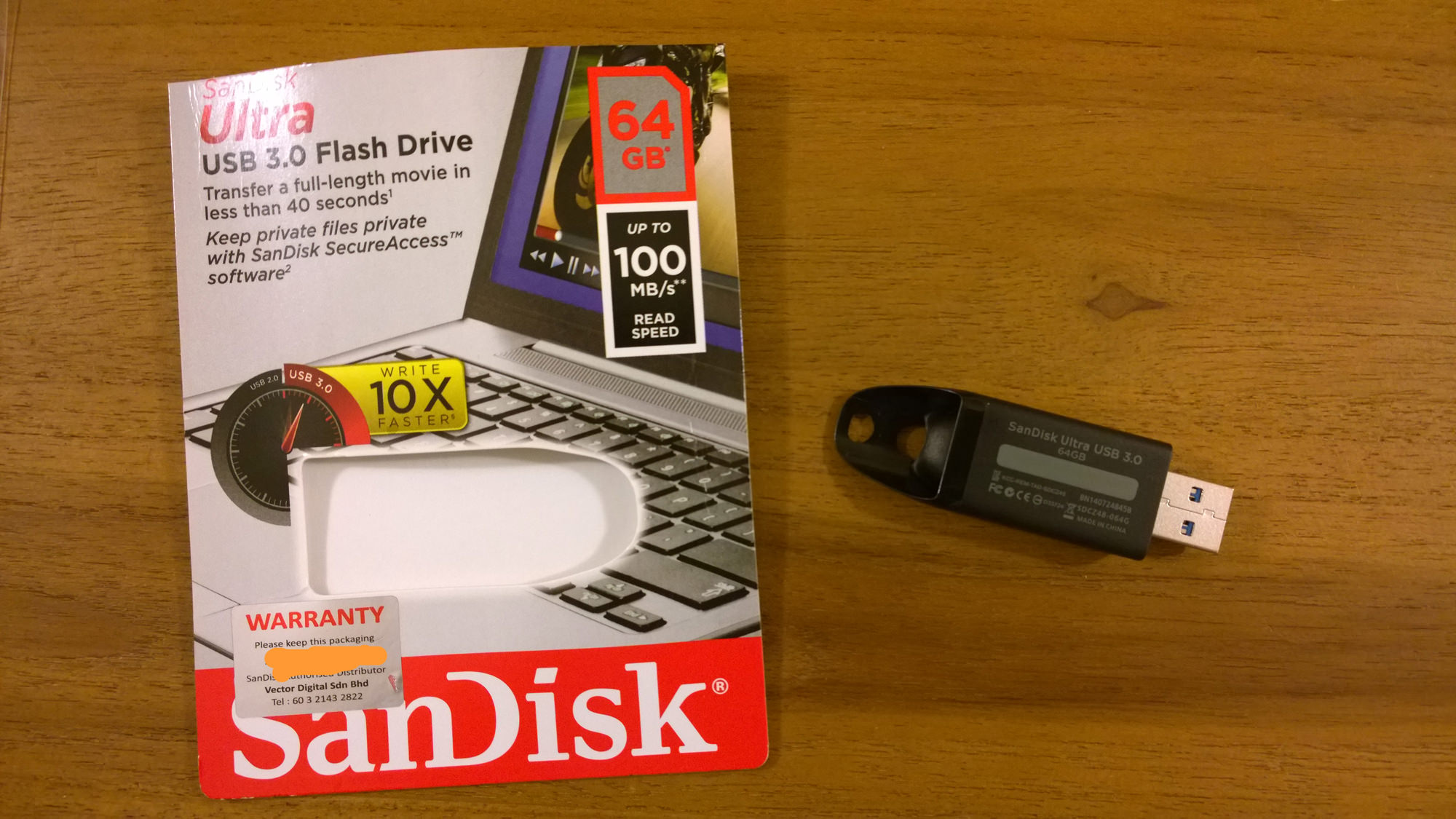
Cek Serial Number Sandisk Flash
Harga keyboard yamaha psr. STYLE YAMAHA PSR S910 SMS 0858 7853 7883 rar.
Image: iStockphoto.com/Highwaystarz-Photography Soon after my article was published, I received a message from a reader who was interested in tracking USB flash drive usage. Queen live killers youtube. More specifically, he wanted to be able to find out when a USB flash drive was connected to a system, when it was disconnected, and ultimately how long the USB flash drive was connected to a system.
A few USB device serial numbers might be found in the device's Properties. Go to Windows Explorer and right-click on the USB drive and select 'Properties.' In the 'Details' tab, several properties are listed in a drop-down list. SanDisk® Launches its Fastest, High-Capacity USB Flash Drive Ever SanDisk® Unveils World’s First microSD Card Designed to Deliver a New Dimension of Mobile Application Performance Western Digital Transforms the Mobile Experience with New ‘Smart’ iNAND 7350 Storage Solution Built on 3D NAND.
The ability to track down this type of information could come in handy for a troubleshooting expedition or for conducting a digital forensics investigation. More about Windows • • • • I knew that kind of information would be recorded in Windows 10's Event logs, and after some investigation with Event Viewer, I found out where. Further investigation and experimentation led me to the Event IDs that correspond to the connection and disconnection operations. And of course, each of these operations had a date and time stamp. I then found out how to identify specific USB flash drives, which allowed me to determine how long a specific USB flash drive was connected to a system. In this article I'll explain in more detail what I found.

I'll then show you how to employ these techniques to use Event Viewer to track USB flash drive usage on a system. SEE: Getting started There are several ways to launch Event Viewer. One of the easiest ways is to click the Start button and begin typing Event Viewer. When Event Viewer appears in the Results pane, just click it.
As soon as the tool launches, you'll see the Overview And Summary panel, as shown in Figure A, which displays a list of the most recent events collected from all the logs. Figure A The Overview And Summary panel displays a list of the most recent events. Event Viewer will keep track of USB flash drive related events in the Application and Services Logs > Microsoft > Windows > DriverFrameworks-UserMode > Operational. However this log is not enabled by default. As such, you need to enable it first by drilling down to DriverFrameworks-UserMode, right-clicking on the Operational Log, and then selecting Properties from the context menu. When the Log Properties - Operational dialog appears, select the Enable Logging check box, as shown in Figure B. Figure B You must enable the Operational Log before Event Viewer will start capturing USB flash drive related events.
Tracking a USB flash drive connection When you connect a USB flash drive to your system, a number of Information and Verbose Level event records are generated in the Operational Log. These records will consist of the following Event IDs: • 2003 • 2004 • 2006 • 2010 • 2100 • 2101 • 2105 • 2106 For example, when I connected a USB flash drive to my system, Event Viewer displayed those event records in the Operational Log, as shown in Figure C. Figure C When you connect a USB flash drive to your system, a number event records are generated in the Operational Log. As you can see, the first couple of event records pertain to loading drivers for the particular USB flash drive. The rest of the records pertain to the pnp (Plug-and-Play) or Power Management operations that get the drive ready to go to work in Windows 10. You'll also see that each event record has the same Date And Time stamp that corresponds to the instant that the USB flash drive was connected to the system.